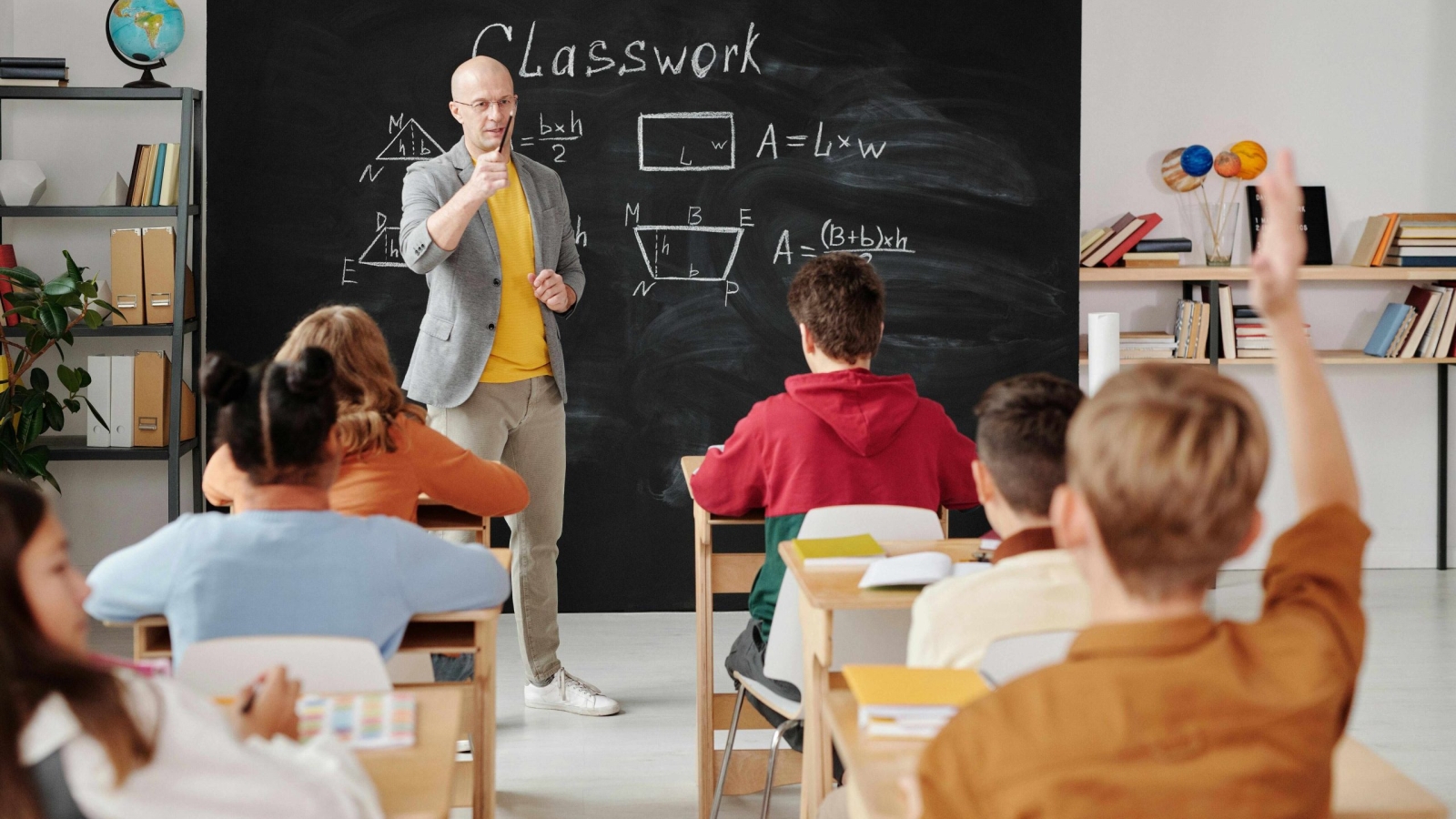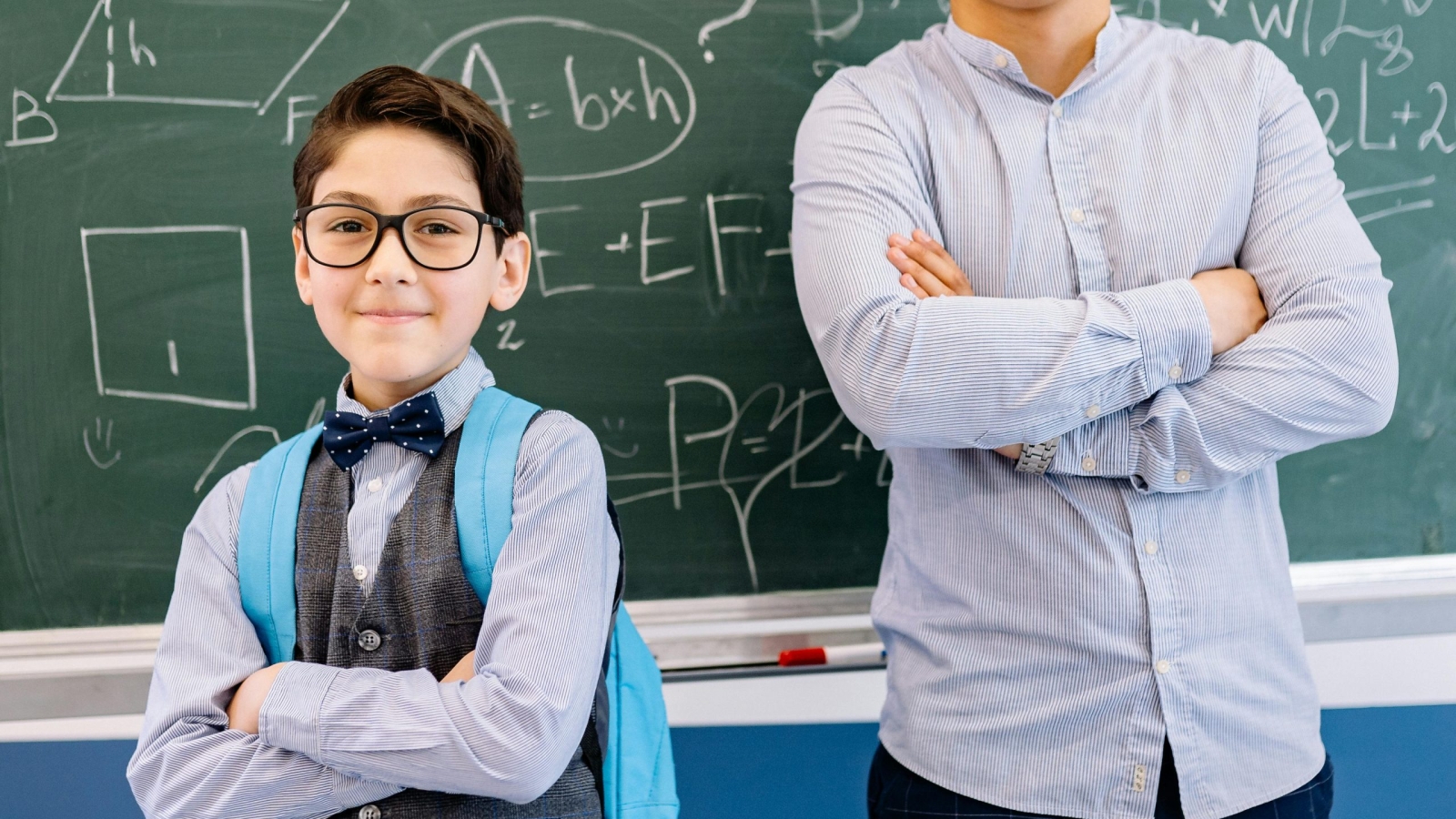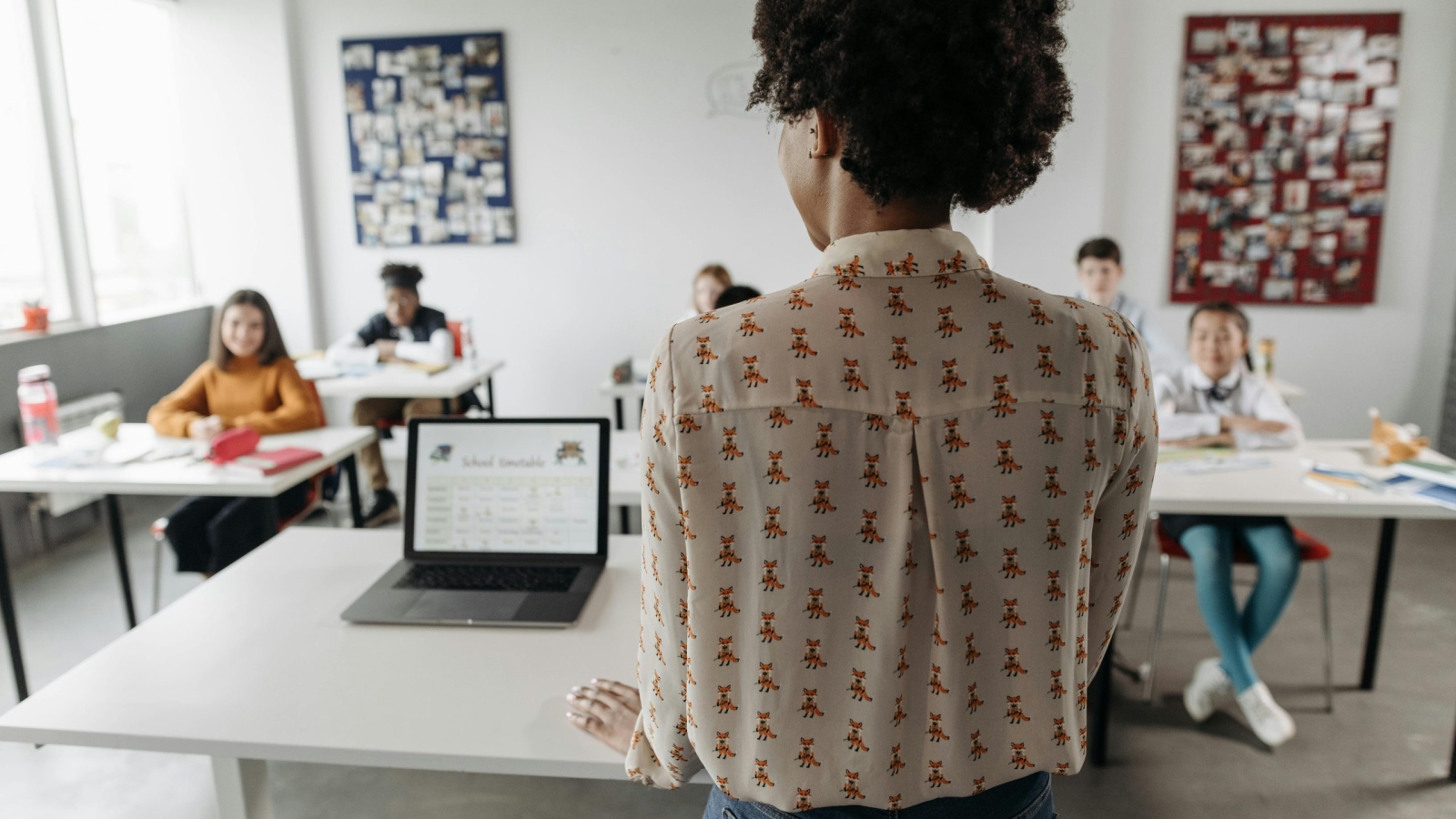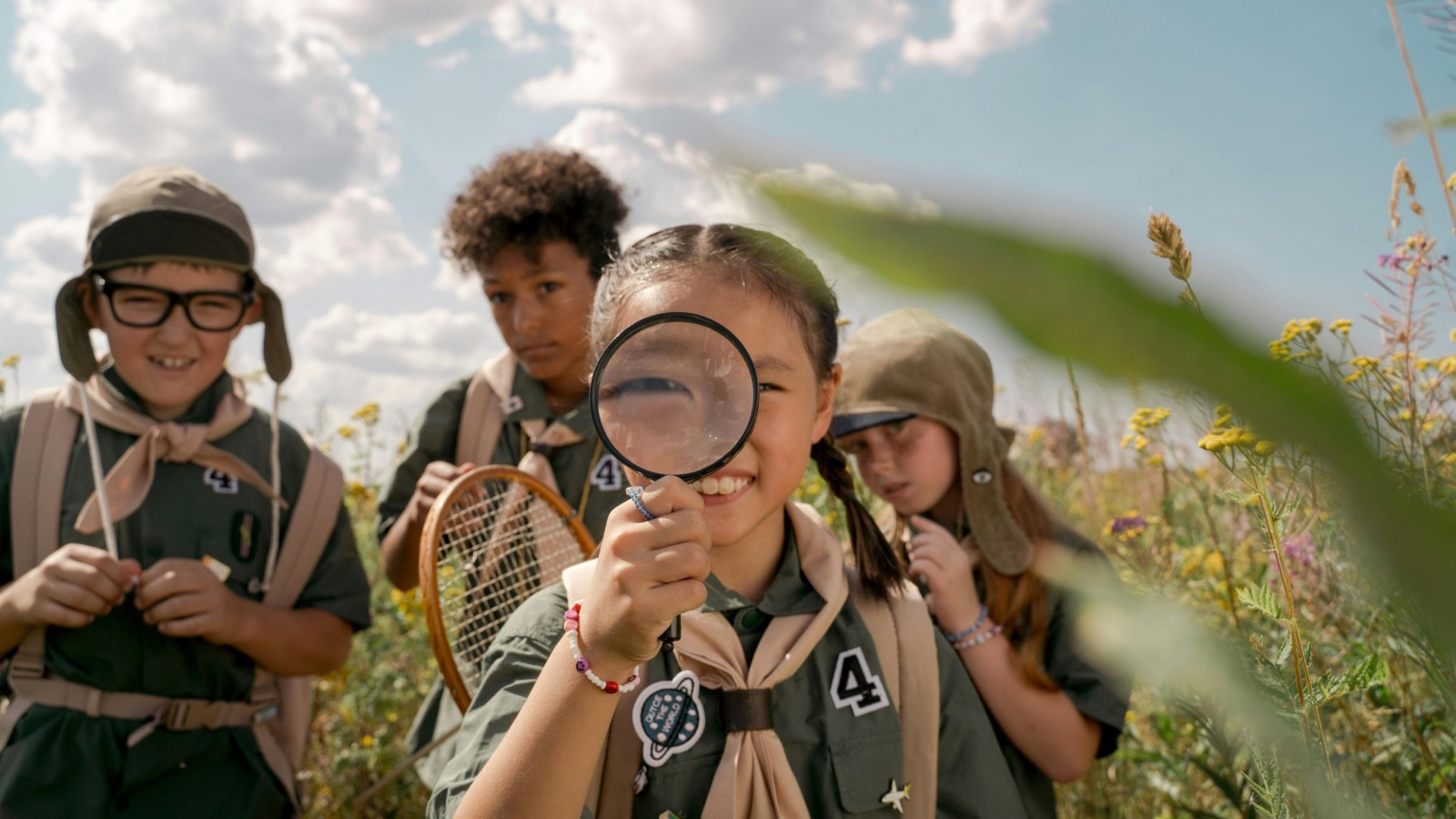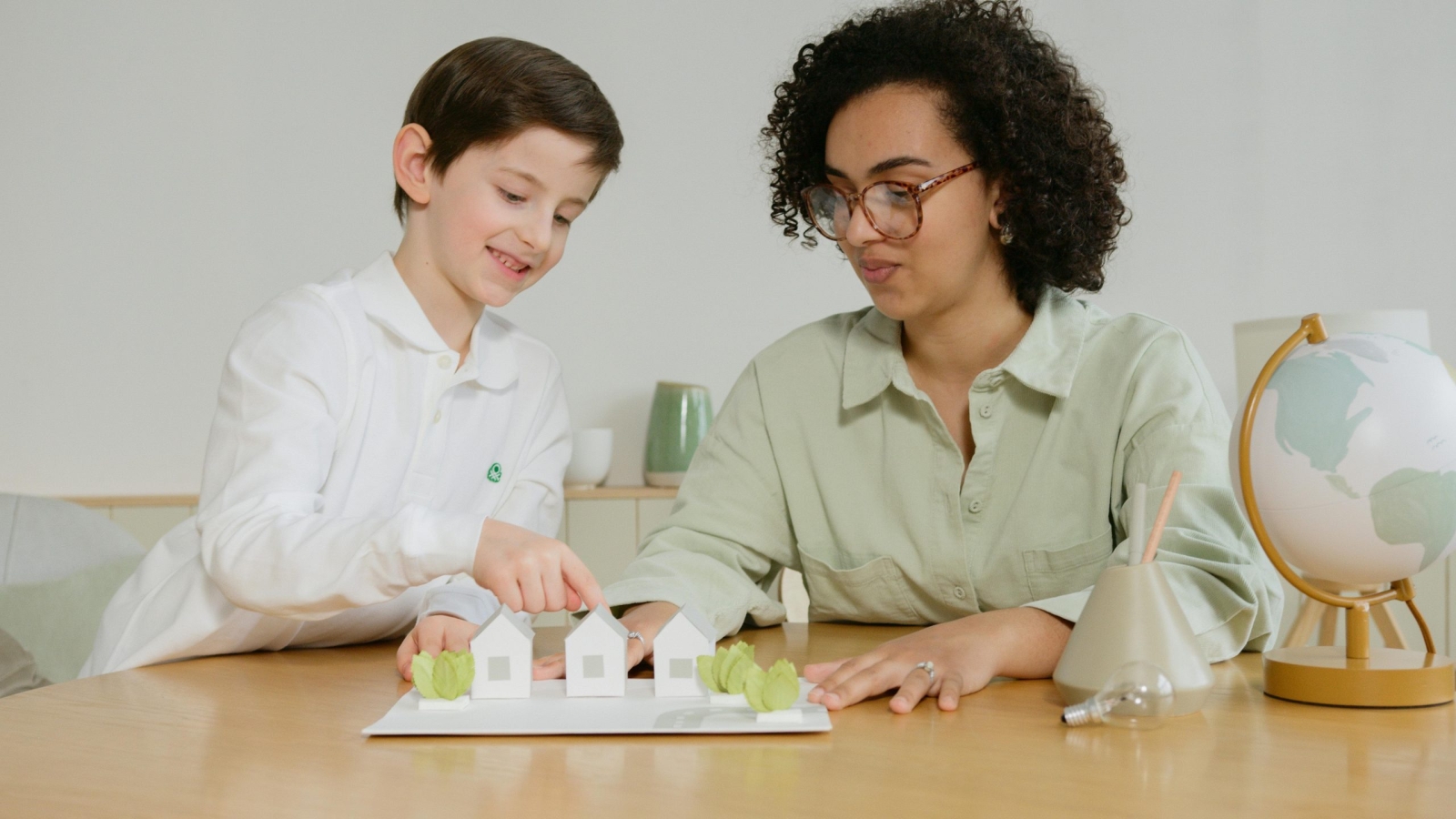As the new academic year kicks off, there’s no better time to plan a school trip that inspires curiosity and excitement in students. Educational trips not only break the monotony of classroom learning but also provide students with opportunities to explore, discover, and engage in new experiences.
Here are five destinations that make for enriching school trips and set the tone for a productive year ahead.
1. Science and Technology Centers
Science and technology centers are ideal destinations for sparking curiosity and innovation in students. With hands-on exhibits, interactive workshops, and demonstrations, students can explore topics such as robotics, space exploration, and renewable energy.
Why It’s Great: These trips align with STEM curriculum goals while encouraging critical thinking and problem-solving skills.
Example Destination: Your local science museum or a nearby innovation hub with maker spaces.
2. Nature Reserves and Parks
Trips to nature reserves provide students with an opportunity to immerse themselves in the natural world. Activities like guided hikes, birdwatching, and eco-education programs teach students about biodiversity, conservation, and sustainability.
Why It’s Great: Students gain an appreciation for the environment while learning about ecological systems firsthand.
Example Destination: Local nature reserves, botanical gardens, or national parks.
3. Historical and Cultural Sites
Exploring historical landmarks and cultural centers offers students a deeper understanding of history, heritage, and societal development. From ancient ruins to interactive museums, these trips make history come alive.
Why It’s Great: It fosters an appreciation of cultural diversity and encourages critical thinking about the past and its relevance to the present.
Example Destination: Heritage sites, cultural villages, or historical museums in your region.
4. Art and Creativity Workshops
For students with creative flair, art-focused trips can be incredibly inspiring. Visiting art galleries, sculpture parks, or even participating in creative workshops provides them with an outlet to explore their artistic side.
Why It’s Great: Such trips nurture creativity, self-expression, and an appreciation for visual arts.
Example Destination: Art museums, community art centers, or workshops led by local artists.
5. Career-Focused Visits
Introduce students to potential career paths with visits to industries, companies, or vocational training centers. These trips can range from observing engineering workshops to touring a media production studio.
Why It’s Great: It helps students connect their studies to real-world careers and inspires them to explore different professional opportunities.
Example Destination: Factories, technology hubs, or media companies.
Tips for a Successful School Trip
- Set Clear Learning Goals: Decide what you want students to take away from the trip.
- Engage Students: Plan activities that require student participation, like scavenger hunts or Q&A sessions.
- Follow Up: After the trip, encourage students to reflect on their experience through discussions or projects.
Conclusion
Planning a school trip at the start of the year sets the tone for an exciting and engaging learning journey. Whether it’s exploring science, connecting with nature, or diving into history, these destinations offer invaluable opportunities for growth and discovery.
With the right destination and careful planning, school trips can inspire students and make education come alive in ways the classroom cannot.


